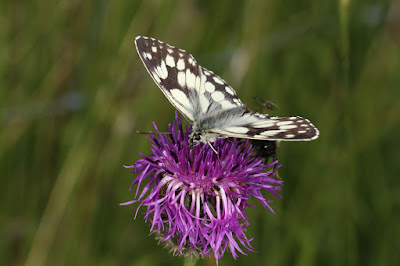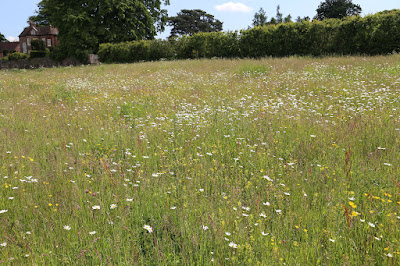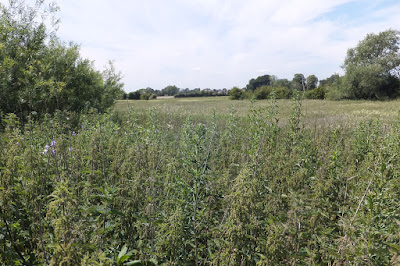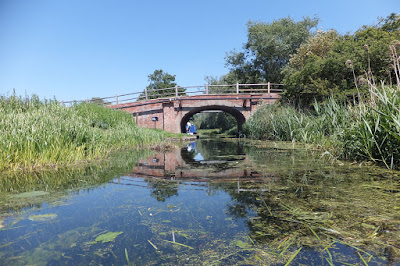Badger Food
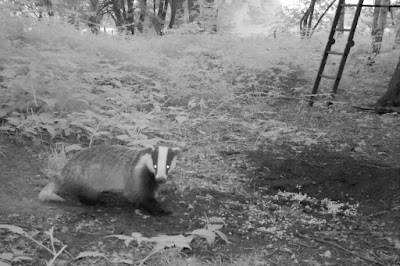
For a few weeks now, the badgers have ignored the peanuts I've put out for them. I've seen them emerging and setting off across the wood or into the fields, but there has been no social activity around the sett, which is so great to watch. Badger approaches the peanuts Over the last few evenings, I've tried adding some sultanas to the peanuts and whether that has tempted them, or the dry weather has made natural food harder to come by, I'm not sure, but last night they came over to feed. The whole clan spent much more time around the sett than they have done recently. It was a cold night and I could hear them collecting bedding, dragging bundles of dry leaves along their paths through the brambles. Spring pheasant Badger food? In the spring a couple of pheasants regularly turned up to pinch the badgers' peanuts. Now they've been replaced by a small rabbit. It has been around for the last three nights and comes a little closer to me each time.
